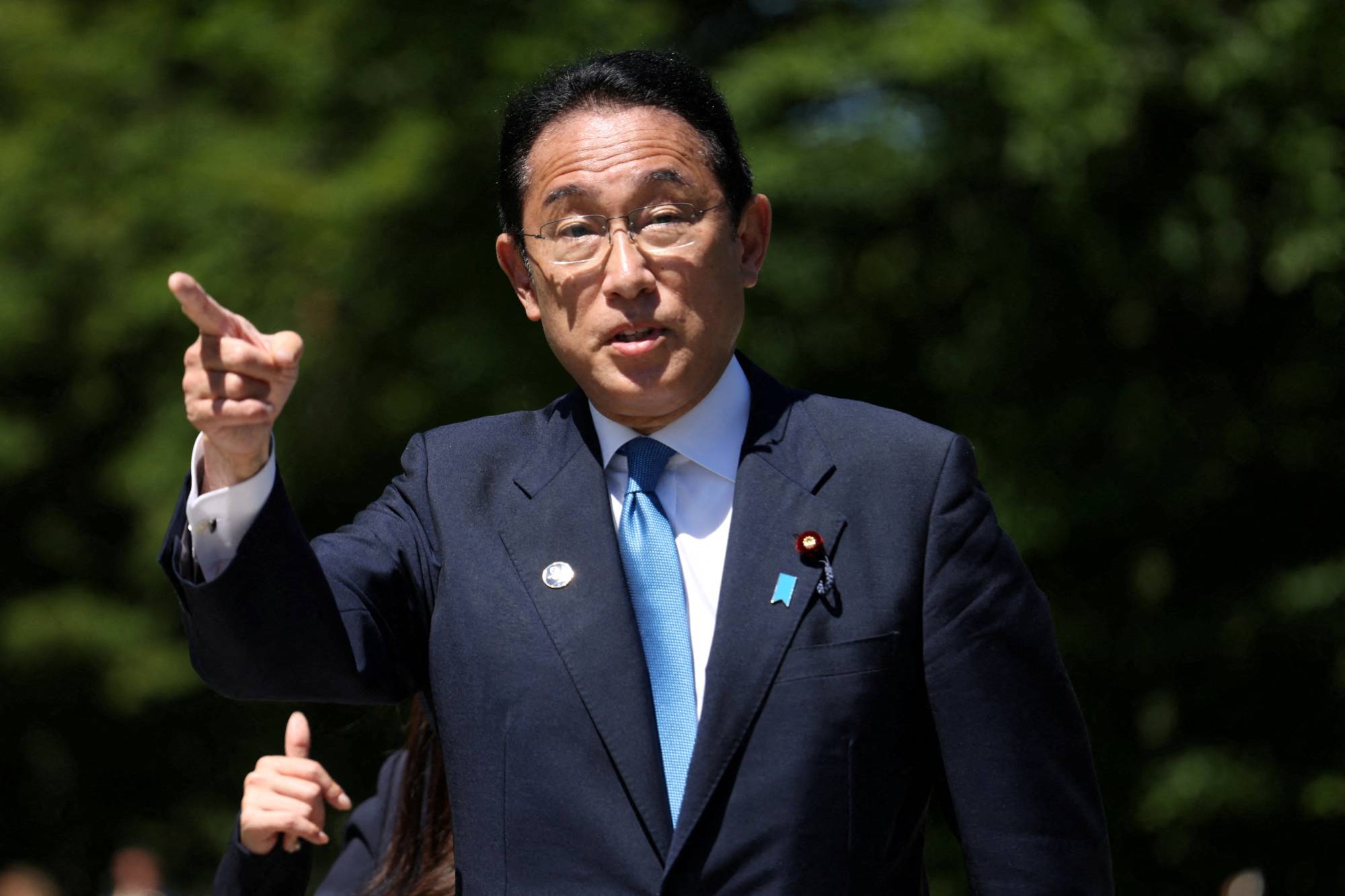Fresh off a sweeping victory in Sunday’s Upper House election, Prime Minister Fumio Kishida will be looking to tick a number of boxes on a growing list of goals — including some that have proved elusive over his first nine months in office.
From a signature economic policy that he pushed early on in his administration and moves on Japan’s still-onerous COVID-19 border measures to a potentially unprecedented shift on defense, the prime minister will soon have his hands full, even with his fresh mandate.
But Friday's shocking assassination of former Prime Minister Shinzo Abe could have a lasting and dramatic impact on the Japanese political world, especially in regards to the country's defense policy.

















With your current subscription plan you can comment on stories. However, before writing your first comment, please create a display name in the Profile section of your subscriber account page.